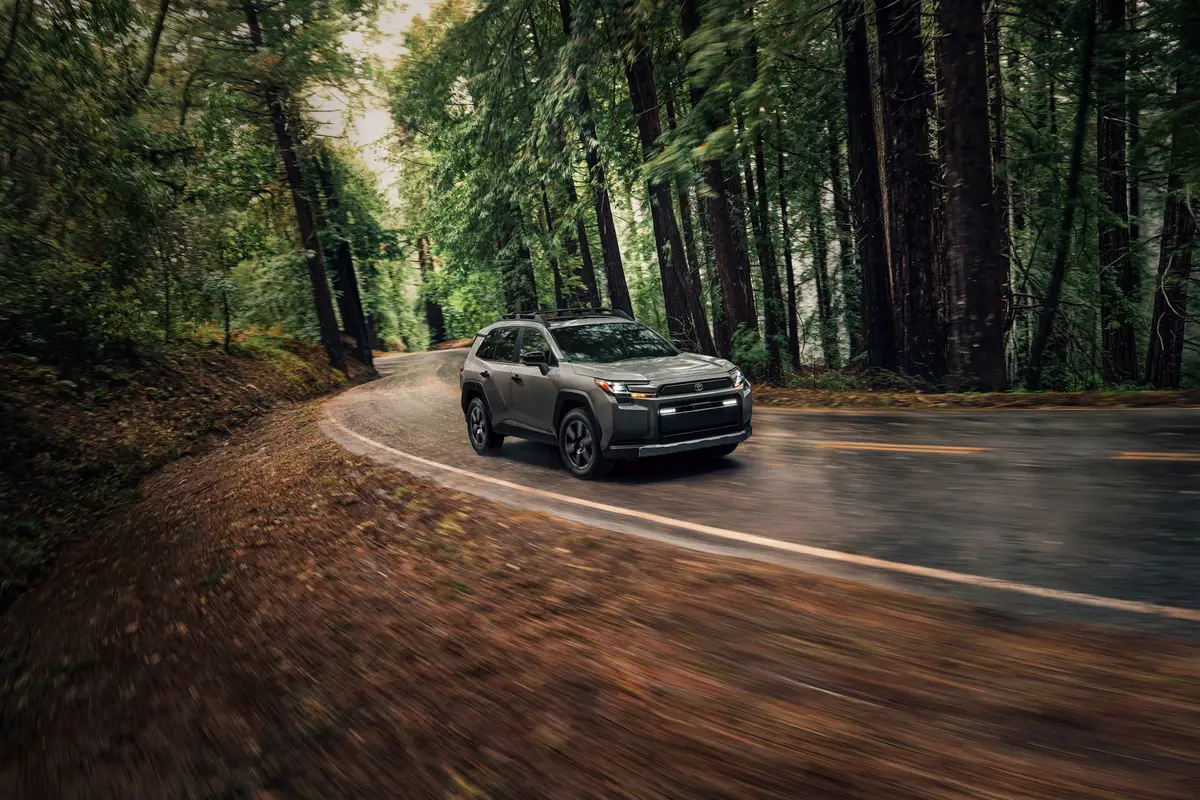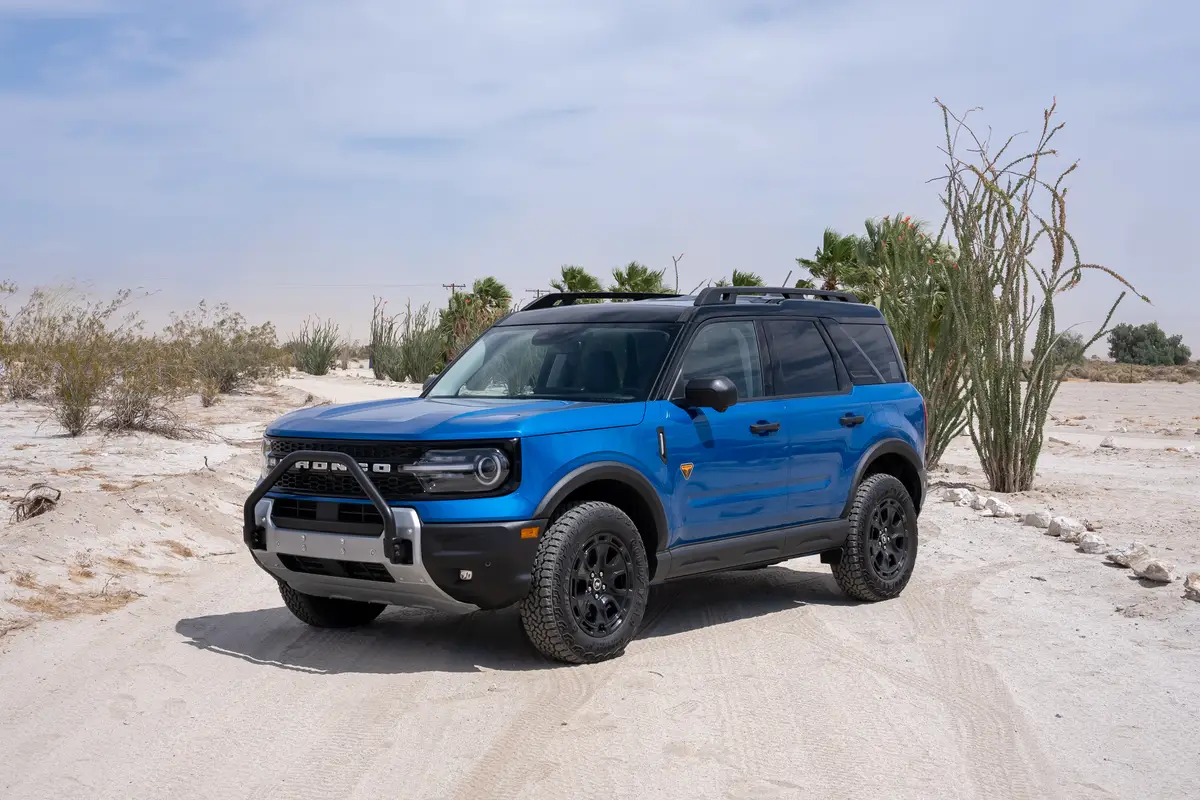The Morning Call and Mcall.com's view
Subaru is a company on a roll, and it apparently intends to keep on rollin’. For example: Last year it brought out a sophisticated, turbocharged, four-wheel drive station wagon – the Turbo-Traction Wagon Did Subaru sit back and listen to the cash register ring – or computer hum? Apparently not, since this year’s Turbo-Traction Wagon is bigger, more powerful and even more sophisticated.
Subaru is one of the smallest and youngest of all the car companies. In fact, it was only some 15 years ago that this Japanese manufacturer brought out its first rather simple and small front-wheel drive cars. In 1975, it introduced a small, simple four-wheel drive station wagon. Subaru certainly didn’t invent four-wheel drive but it was the first company to cash in on the demand for a non-truck type four-wheeler
The Turbo-Traction Wagon is a long way down the road from those first Spartan Subaru four-wheel drive wagons. But, then, the Turbo-Traction Wagon is the most expensive of all Subarus, so you should expect something extra from it.
As its name implies, this vehicle has a turbocharged engine. And it is a unique turbocharged engine, too. Instead of the usual design of four cylinders in a line, this engine has four cylinders that are horizontally opposed. This simply means that the pistons are positioned on their sides with two on each side of the crankshaft. A new feature on this engine for ’85 are overhead camshafts that replace the overhead valve system of earlier engines. But, why overhead cams? Well, first, there are fewer moving parts when a camshaft is above the valves instead of in the block. Also, and this is especially true in a four-cylinder engine, this allows more room in the cylinder head for engineers to fool around and figure out ways to increase efficiency. Apparently, Subaru engineers have succeeded very well in this since the engine develops nearly 30 percent more power yet is returning about 8percent better fuel mileage.
The Turbo-Traction Wagon’s engine – which also features multi-port fuel injection – measures 109 cubic inches (1.8 liters) and is rated at 111 horsepower at 4,800 rpm and 134 foot pounds torque at 2,800 rpm. (For comparison, last year’s overhead valve turbocharged engine was rated at 95 horses and 123 foot pounds torque.) This is quite a handful of power from a small four-cylinder engine. And since the wagon weighs in at only 2,650 pounds, performance is quite good. You tromp and it goes. It is equally impressive in both two-wheel and four-wheel drive. There have been quite a few ”pocket rockets” tested in this column lately, but this is the first pocket rocket four-wheel drive station wagon of the year.
The only transmission available is a three-speed automatic, which really isn’t as bad as it sounds. It upshifts and downshifts on cue and has absolutely no slop. The engine would probably be a little happier with five gea rs (instead of three) but the vehicle already has a turbocharger and four- wheel drive and who said you can have everything in life?
The engine/transmission combination provided good, but not spectacular, mileage. The test car averaged 21 miles per gallon over patchy roads (bare/ snow/ice) with about 50/50 use of two-wheel and four-wheel drive. In two- wheel drive running over clear highways, the test wagon averaged 25 mpg. Because of the extra demands of the turbocharger, premium unleaded gas should be used.
The four-wheel drive selection system is very easy to use. In fact, I would go so far as to say it is klutz-proof. All one has to do is press a little red button that is located on the floor-mounted automatic transmission shifting stalk. This little red button, fortunately, does not bring the missiles out of the silos, but rather takes the wagon from two to four-wheel drive and the other way around. This can be done while standing still or at highwaysp eds. To further simplify things, a ”4WD” lights up on the instrument panel when the vehicle is in that mode.
Speaking of the instrument panel, Subaru went to electronics. The dash has a digital display for speed and trip distance, a linear electronic display for engine rpm and graphic bar gauges for fuel level and coolant temperatures. Completing the package are a ”Telltale Graphic Monitor” and a trip computer. The only problem I had with all of this was keeping track of the high beam indicator light, which is located on the little graphic monitor on the extreme right of the screen and can be easily overlooked while you are searing the eyeballs of oncoming drivers with those halogen headlamps. To add to the confusion, a red light goes on under the speedometer when the wagon is doing 55 mph. This looks very much like a high beam indicator light. No doubt this is something a driver can learn to live with – in time.
With a wheelbase of 96.9 inches, overall length of 173.6 inches, width of 65.4 inches and height of 54.9 inches, the Turbo-Traction Wagon is slightly bigger than last year’s model. However, it is much roomier on the inside. In fact, even I – at six feet five – have enough room to fit in. In the past, I have always had respect for Subaru vehicles. Unfortunately, I could never comfortably drive one any distance because of limited leg room. (I do admit to be being larger than average but big people have rights, too). But this new wagon should accommodate drivers of all sizes and shapes. And rear seat passengers will appreciate the extra three-and-a-half inches of leg room and three inches of extra shoulder room. Cargo space has been increased by 25 percent, which means there is 35 cubic feet of room with the rear seat in place and 70 cubic feet with the rear seat folded away.
The test vehicle was such an easy vehicle to drive I almost forgot to mention it. I Just aimed it and it went. The four-wheel independent suspension (a rarity for a four-wheel drive vehicle) features MacPherson struts up front and semi-trailing arms in the rear with anti-sway bars at both ends and provides quite reassuring handling. The ride is on the firm side but not harsh.
Since the Turbo-Traction Wagon is the flagship of the Subaru line, it shouldn’t come as a surprise that it has the highest price of any Subaru – now or in the past. The test vehicle had a base price of $12,046, which included everything mentioned so far plus air conditioning, power door locks, power windows (including an automatic driver’s window), power steering, cruise control, electronically tuned AM-FM stereo with four speakers, four-wheel disc brakes, rear window washer/wiper, dual remote electric mirrors, tilt steering wheel with memory, sport seats and a high level of trim and appointments. In brief, it is a very complete car.
Full price on the test vehicle came to $12,845, which included an inland freight charge of $150 and the vehicle’s two options – electric sunroof, $450, and cassette player, $199. For those who don’t need a flagship, the base four- wheel drive wagon (non-turbo engine and five-speed manual) starts at $8,188.
Latest news



